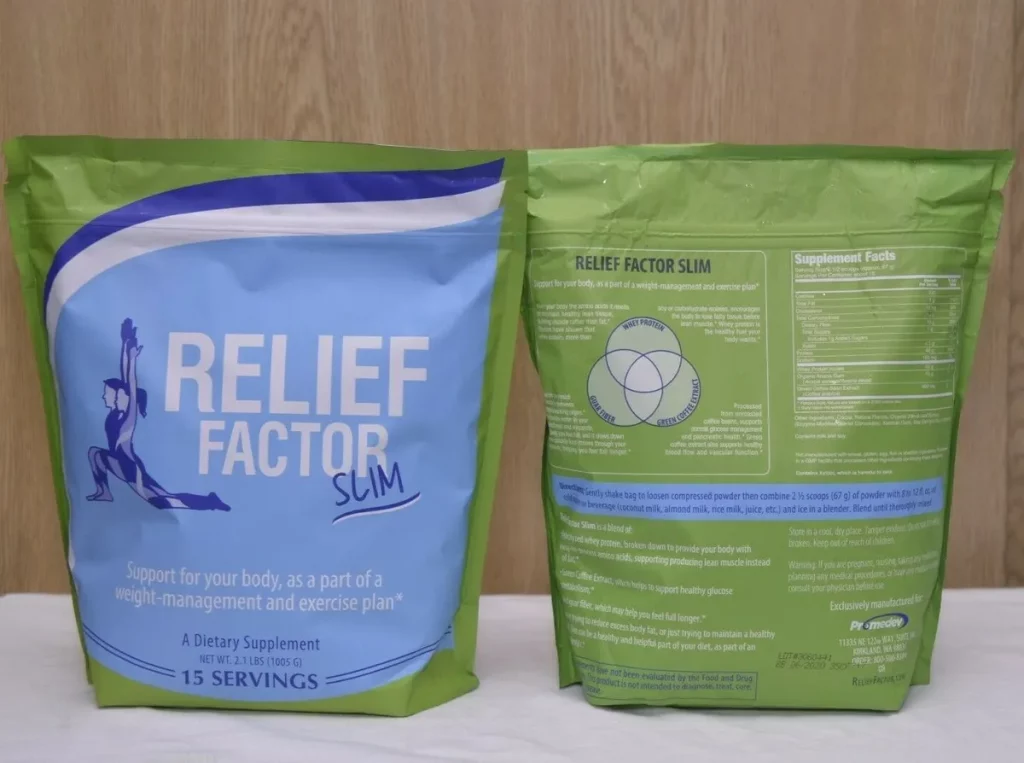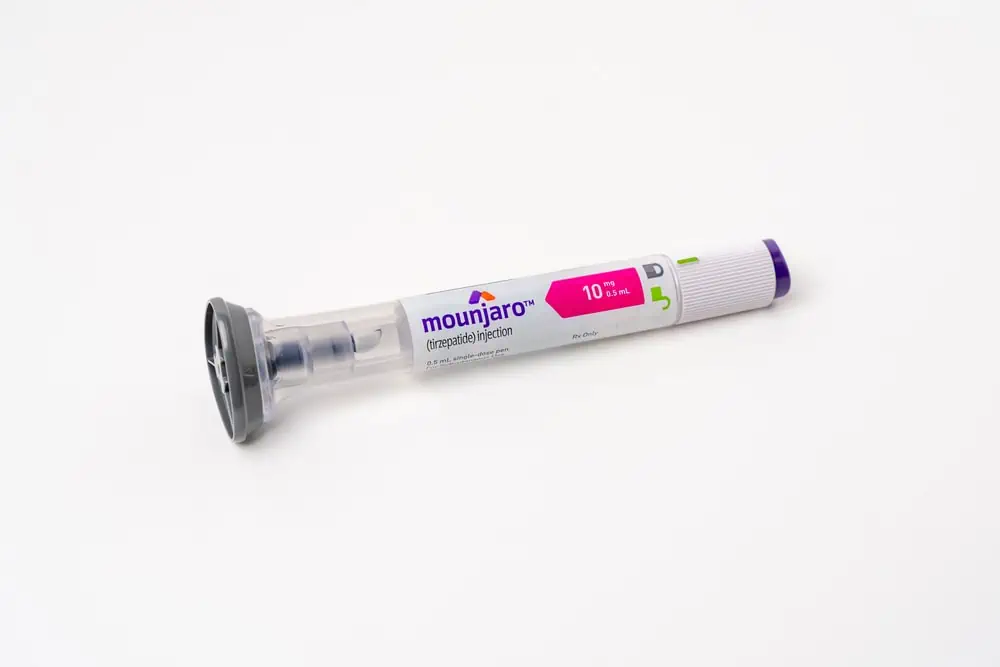Postherpetic neuralgia is pain that remains where the rash from shingles occurred after the rash has healed. Shingles is an infection of the nerves caused by the varicella-zoster virus, the same virus that causes chickenpox.
Postherpetic Pain (Shingles) Symptoms:
Those affected by postherpetic pain (shingles) experience pain on one side of their body, along with rash and blisters. The postherpetic pain can last for months to years after the shingles outbreak.
Postherpetic Pain (Shingles) Causes:
Most people in the United States get chickenpox as children. Once the chickenpox infection has cleared, the virus lies dormant inside dorsal nerve roots. Years later, if your immune system is stressed or weakened, the virus can reemerge. Instead of causing chickenpox to reoccur, it causes shingles, which produces a painful, blistering rash. If pain remains after the blisters from shingles have dried up and gone away, you have postherpetic neuralgia. The postherpetic pain is due to residual stimulation to the nerves.
Postherpetic Pain (Shingles) Risk Factors:
Anyone who has had chickenpox is at risk of getting postherpetic pain from shingles. The older you are, the more likely you are to develop pain symptoms for postherpetic neuralgia.
Postherpetic Pain (Shingles) Testing:
To determine if you have postherpetic pain from shingles, the shingles pain management clinic doctor or pain management specialist will take a tissue scraping or culture of the blisters.
Postherpetic Pain (Shingles) Management Treatment Options:
There are a number of postherpetic pain management treatment options from your pain management clinic that can help with postherpetic (shingles) pain management, which include:
- Acupuncture
- Medications and creams
- TENS unit (Transcutaneous Electrical Nerve Stimulation)
- Interventional therapy, such as nerve blocks
- Physical therapy
- Chiropractic care
- Pain psychology










